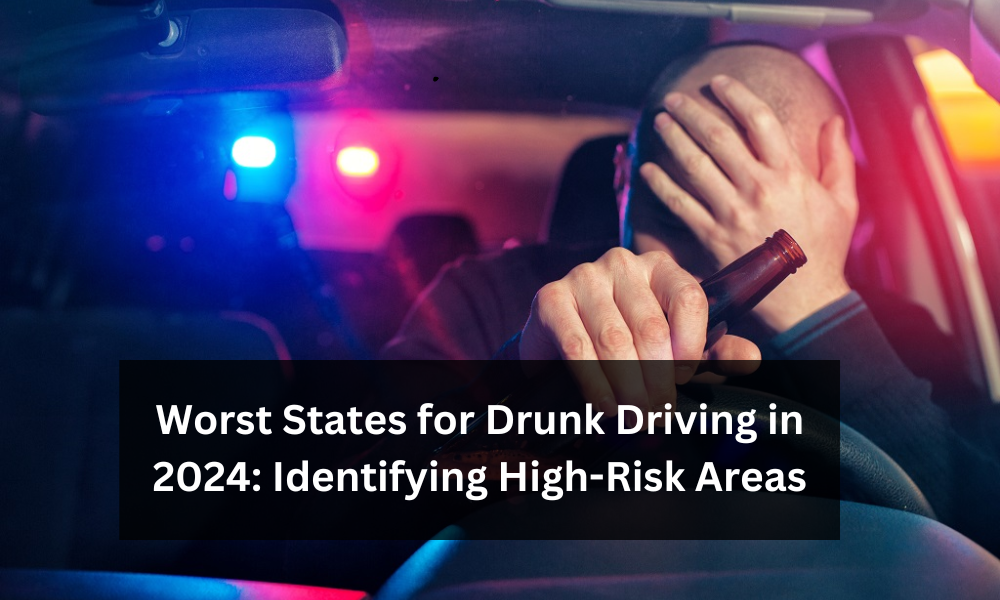Worst States for Drunk Driving in 2024: Identifying High-Risk Areas
In 2024, despite continued efforts to combat drunk driving, certain states in the United States still face significant challenges in addressing this dangerous behavior on their roads. In this analysis, we delve into the worst states for drunk driving based on recent statistics and trends, shedding light on areas where urgent action is needed to improve road safety and save lives.
Examining the Data
Methodology
Our analysis takes into account various factors, including:
- DUI Arrest Rates: The number of arrests for driving under the influence (DUI) per capita.
- Alcohol-Related Fatalities: The percentage of traffic fatalities involving alcohol-impaired drivers.
- Enforcement Efforts: The effectiveness of law enforcement in detecting and apprehending drunk drivers.
- Prevention Programs: The availability and impact of prevention programs aimed at reducing drunk driving incidents.
Findings
Based on our analysis of the latest data, the following states emerge as the worst for drunk driving in 2024:
1. Mississippi
Mississippi ranks consistently high in DUI arrest rates and alcohol-related fatalities. Despite efforts to implement stricter laws and enforcement measures, drunk driving remains a pervasive issue in the state.
2. Wyoming
Wyoming grapples with high rates of alcohol-related crashes and fatalities, particularly in rural areas where access to public transportation and alternative modes of travel is limited.
3. South Carolina
South Carolina faces challenges in curbing drunk driving incidents, with a notable increase in alcohol-related fatalities in recent years. Enforcement efforts and public awareness campaigns are critical to addressing this issue effectively.
4. New Mexico
New Mexico struggles with some of the highest rates of alcohol-related crashes and fatalities in the nation. The state’s expansive rural areas pose logistical challenges for law enforcement agencies in enforcing drunk driving laws.
5. North Dakota
North Dakota experiences disproportionately high rates of alcohol-related fatalities compared to its population size. Stronger enforcement measures and increased access to substance abuse treatment are essential to reducing drunk driving incidents in the state.
Addressing the Challenges
Law Enforcement
Enhancing law enforcement efforts, including increased patrols, sobriety checkpoints, and targeted enforcement in high-risk areas, is crucial to deterring drunk driving and holding offenders accountable.
Education and Awareness
Investing in education and awareness campaigns to change social norms surrounding alcohol consumption and driving behavior is essential. These efforts should target both drivers and the general public to promote responsible decision-making and discourage impaired driving.
Legislation and Policy
Implementing and enforcing stricter DUI laws, such as lower blood alcohol concentration (BAC) limits and mandatory ignition interlock device installation for convicted offenders, can help deter drunk driving and prevent alcohol-related crashes.
Community Engagement
Engaging communities in prevention efforts through partnerships with local organizations, schools, businesses, and law enforcement agencies can foster a culture of accountability and support for individuals struggling with alcohol addiction.
Conclusion
While progress has been made in reducing drunk driving incidents nationwide, the worst states for drunk driving continue to face significant challenges in combating this preventable behavior. By prioritizing enforcement, education, legislation, and community engagement, we can work together to create safer roads and save lives across the United States.
